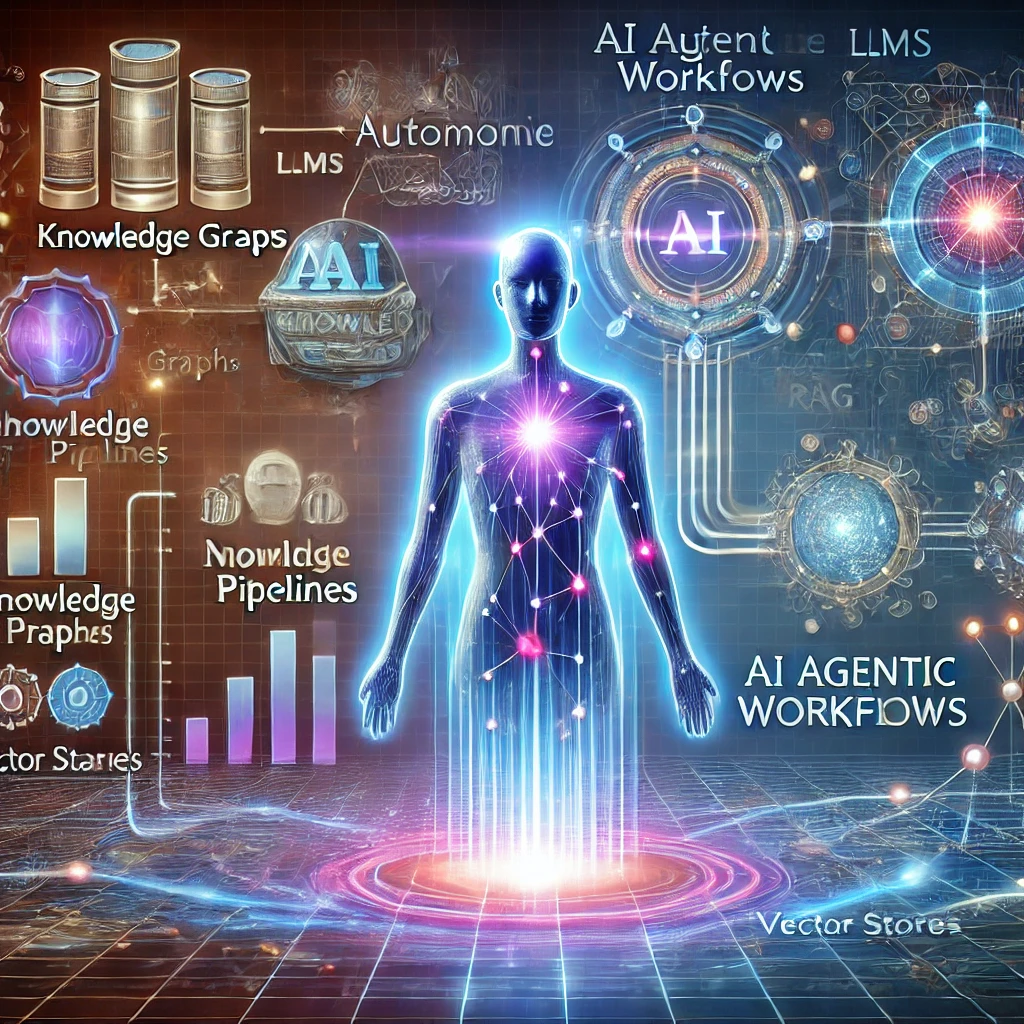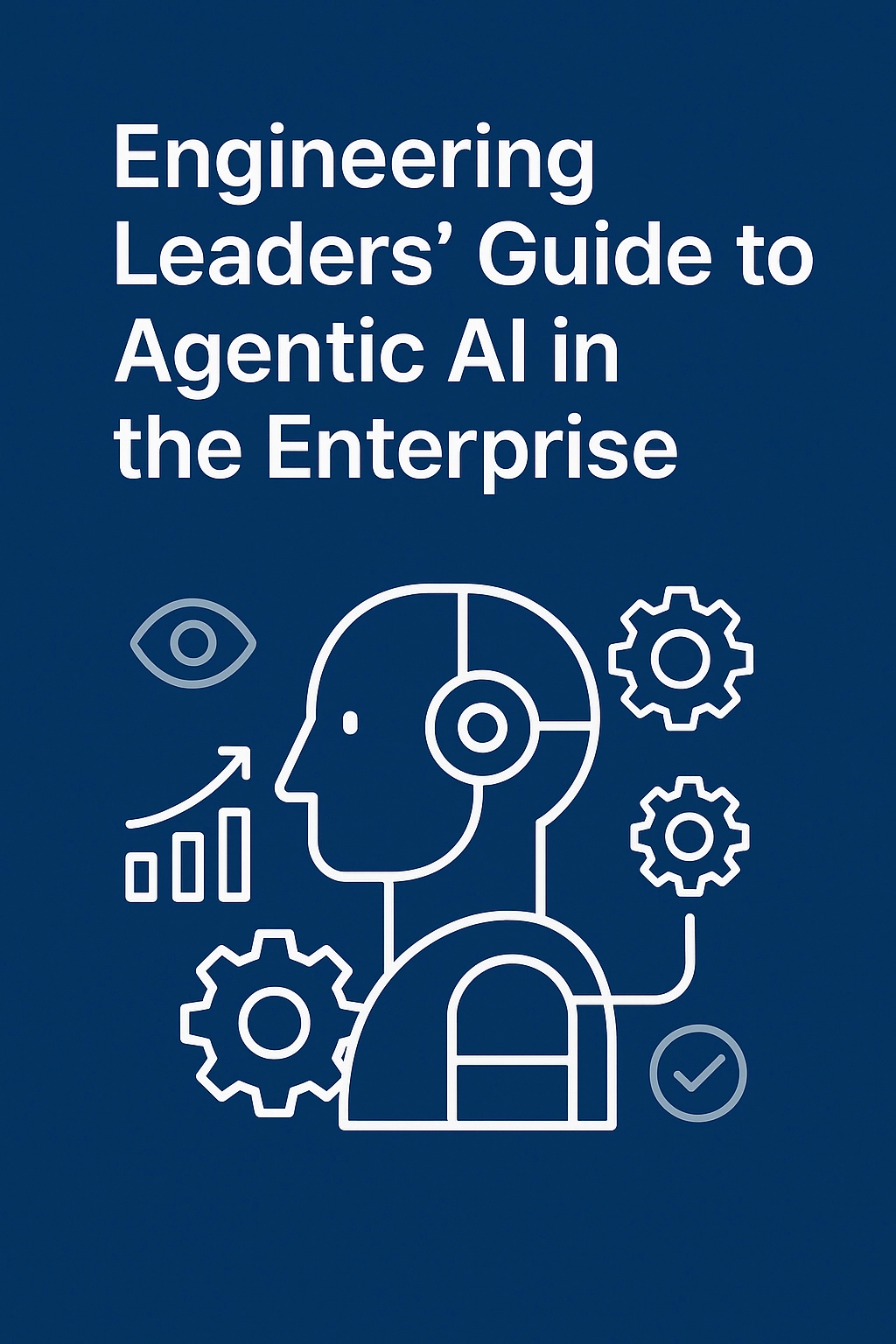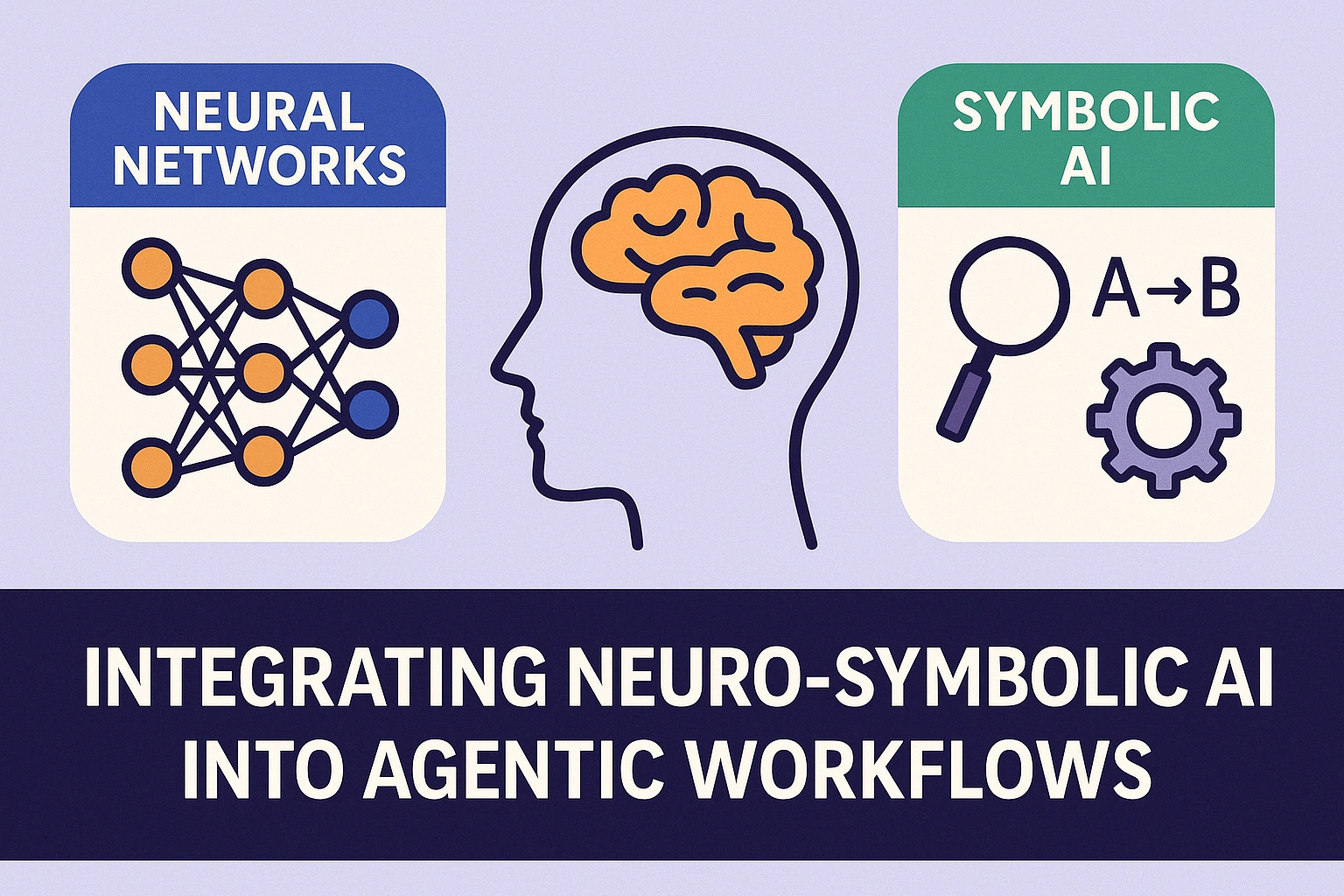Welcome to the inaugural post of proagenticworkflows.ai! We're excited to embark on this journey to explore the cutting-edge world of Generative AI, with a special focus on AI Agentic Workflows. In this post, we'll dive deep into what AI Agentic Workflows are and how they're revolutionizing AI applications.
What Are AI Agentic Workflows?
AI Agentic Workflows refer to the design and implementation of AI systems that operate as autonomous agents. These agents can perceive their environment, make decisions, and perform actions to achieve specific goals without constant human intervention. By leveraging advanced techniques in machine learning and natural language processing, these workflows enable AI models to adapt, learn, and evolve over time.
Key Components:
LLM Applications: Large Language Models like GPT-4 that understand and generate human-like text.
RAG Pipelines: Retrieval-Augmented Generation pipelines that combine retrieval of relevant information with generative models.
Knowledge Graphs: Structured representations of knowledge that enhance reasoning and context understanding.
Vector Stores: Databases optimized for storing and querying high-dimensional vectors, crucial for similarity search and recommendations.
Why Are They Important?
Traditional AI systems often rely on static models that require manual updates and lack adaptability. AI Agentic Workflows, on the other hand, introduce dynamism and flexibility, allowing AI systems to:
Adapt to New Information: Continuously learn from new data inputs.
Make Autonomous Decisions: Act based on predefined goals and real-time data.
Enhance Efficiency: Reduce the need for constant human oversight.
This paradigm shift is especially significant in industries where real-time decision-making and adaptability are crucial, such as finance, healthcare, and customer service.
Real-World Applications
Customer Support Bots: AI agents that handle customer inquiries, learn from interactions, and improve responses over time.
Personalized Marketing: Systems that analyze user behavior to deliver tailored content and product recommendations.
Predictive Maintenance: AI agents in manufacturing that predict equipment failures and schedule maintenance proactively.
Getting Started with AI Agentic Workflows
Embarking on a project involving AI Agentic Workflows might seem daunting, but breaking it down into manageable steps can help:
Understand the Basics: Familiarize yourself with key concepts like LLMs, RAG pipelines, knowledge graphs, and vector stores.
Choose the Right Tools: Select platforms and frameworks that support agentic functionalities.
Start Small: Begin with a simple project, like a chatbot, and gradually incorporate more complex features.
Conclusion
AI Agentic Workflows are set to redefine the capabilities of AI applications, making them more autonomous, efficient, and intelligent. As we continue to explore this exciting field, we'll provide you with how-to guides, deep dives into advanced topics, and insights into the latest developments.
Stay tuned for our next post, where we'll guide you through building your first LLM application using state-of-the-art tools and techniques.





Comments